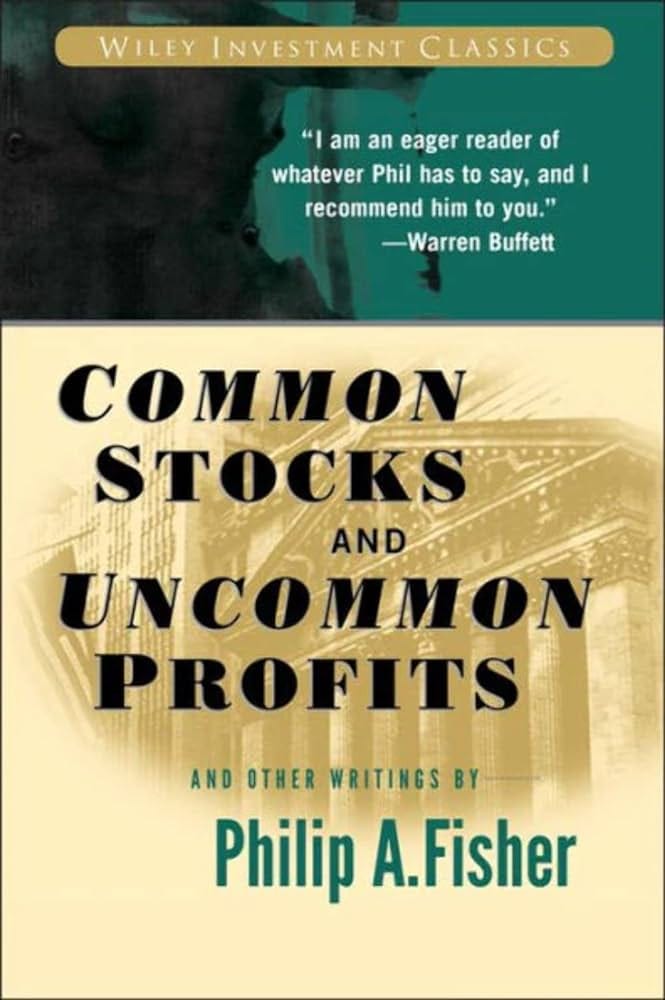What I learned from Philip A.Fisher about Investing
In the ever-evolving landscape of investing, timeless wisdom remains a beacon for navigating the complexities of the market. One such guiding light is Philip Fisher's seminal work, "Common Stocks and Uncommon Profits." As I delved into its pages, I uncovered invaluable insights that I'm excited to share with you.
Investing is an Art: Fisher's philosophy underscores the notion that investing is not merely about numbers and data; it's an art form. While financial analysis is crucial, the ability to see beyond the numbers and understand the essence of a company is equally important.
Focus on Quality: Fisher advocates for a quality-focused approach to investing. Instead of chasing fleeting trends or speculative stocks, he emphasizes the importance of investing in fundamentally strong companies with durable competitive advantages.
Long-Term Perspective: One of Fisher's key principles is the importance of taking a long-term view. He encourages investors to look beyond short-term fluctuations and focus on the underlying growth potential of their investments.
Management Matters: Fisher places significant emphasis on the quality of a company's management team. He believes that skilled and ethical leadership is essential for long-term success and advises investors to carefully evaluate the track record and integrity of management.
The Growth Factor: Central to Fisher's investment philosophy is the concept of growth. He identifies companies with the potential for sustained growth in earnings and sales, driven by innovative products, expanding markets, or other competitive advantages.
Thorough Research: Fisher's approach emphasizes the importance of rigorous research and due diligence. He suggests investors thoroughly analyze companies, industries, and competitive dynamics to uncover hidden gems and avoid costly mistakes.
Patience Pays Off: Investing, according to Fisher, requires patience and discipline. He advocates for holding onto quality investments through market fluctuations and resisting the temptation to constantly buy and sell based on short-term trends.
Diversification Done Right: While diversification is important, Fisher cautions against spreading oneself too thin. Instead, he recommends concentrating investments in a select number of high-quality companies where thorough research has been conducted.
Learning from Mistakes: Finally, Fisher encourages investors to learn from their mistakes. Investing inevitably involves setbacks, but by analyzing what went wrong and applying those lessons to future decisions, investors can grow and improve over time.
In conclusion, "Common Stocks and Uncommon Profits" offers a wealth of timeless wisdom that can guide investors on their journey to financial success. By embracing Fisher's principles and incorporating them into our investment approach, we can build portfolios that stand the test of time.
Happy investing!




